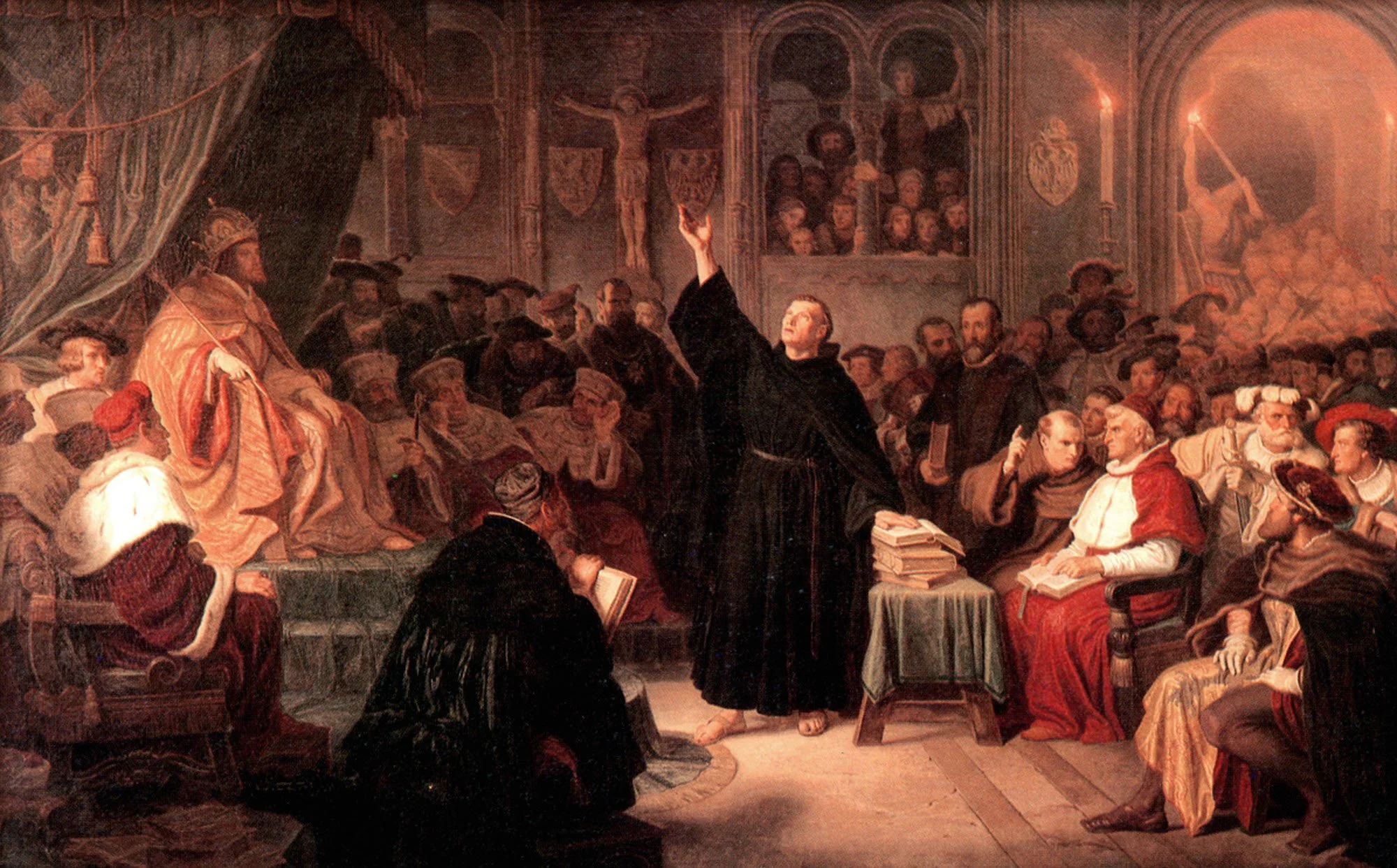
Joint Crisis Committee:
The Councils of Faith and Reformation
Directors: Felix Qu & Helena Zhang — Committee Type: Joint Crisis Committee
Since the Crusades, Catholicism has dominated the religious landscape of Europe. The Roman Catholic Church accumulated vast power through its large following, becoming deeply corrupt and intolerant of any criticism.
However, the situation changed dramatically on October 31, 1517, when theologian Martin Luther nailed his 95 Theses to the door of the Wittenberg Church in Germany. Luther heavily criticized the Roman Catholic Church’s practice of selling indulgences, arguing that the Church was abusing its authority by reiterating falsehoods to raise money, exploiting the poor. Furthermore, the theologian emphasized that salvation came from faith alone, not through deeds or payments.
Through the newly invented printing press, his radical ideas spread across Europe, prompting many religious individuals to question the legitimacy of the Roman Catholic Church. The foundations of the Roman Catholic Church began to crumble as the Protestant Reformation gained momentum, marking the start of the second schism of Catholicism
Catholics
-
As the reformers are slowly growing in popularity and more people are converting from Catholicism into protestantism, Delegates within the Catholic Side will need to plan for the Catholic Church’s official response towards Protestantism. Delegates will need to re-affirm the core catholic doctrines and position of the Pope, go on missionary efforts and defend the Monetary Spendings
-
As Delegates on the Catholic Side, you will need to be able to maintain your control over the people and to suppress the reformer’s “false” ideals based on Christianity. Historically, the Catholic Church created a list of banned books considered dangerous towards the Catholic faith–books centralized towards Lutheranism such as Protestant Bibles–were ordered to be destroyed by the Members of the Clergy and established the Roman Inquisition, which was used to combat the spread of Protestantism.
Reformers
-
As reformers, delegates are here to reject the authority of the Pope, believing it to be unbiblical. Delegates will need to create arguments based upon the negligence that the Papacy has done–leading the Catholic Church to become increasingly more corrupt–as well as the personal issues they have with the Clergy such as exercising further authority for personal gains rather than religious purposes.
-
Each Delegate will have a focus on establishing their branches or sub-divisions of Christianity, convincing the masses about their commitment towards the religious cause and highlighting the corrupt aspects of the current Catholic Church. The three major sub-divisions will be Lutheranism, Calvinism and Anglicanism.
